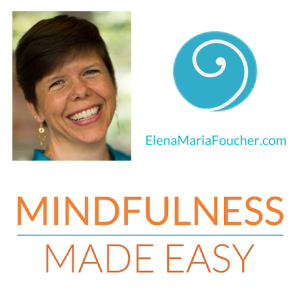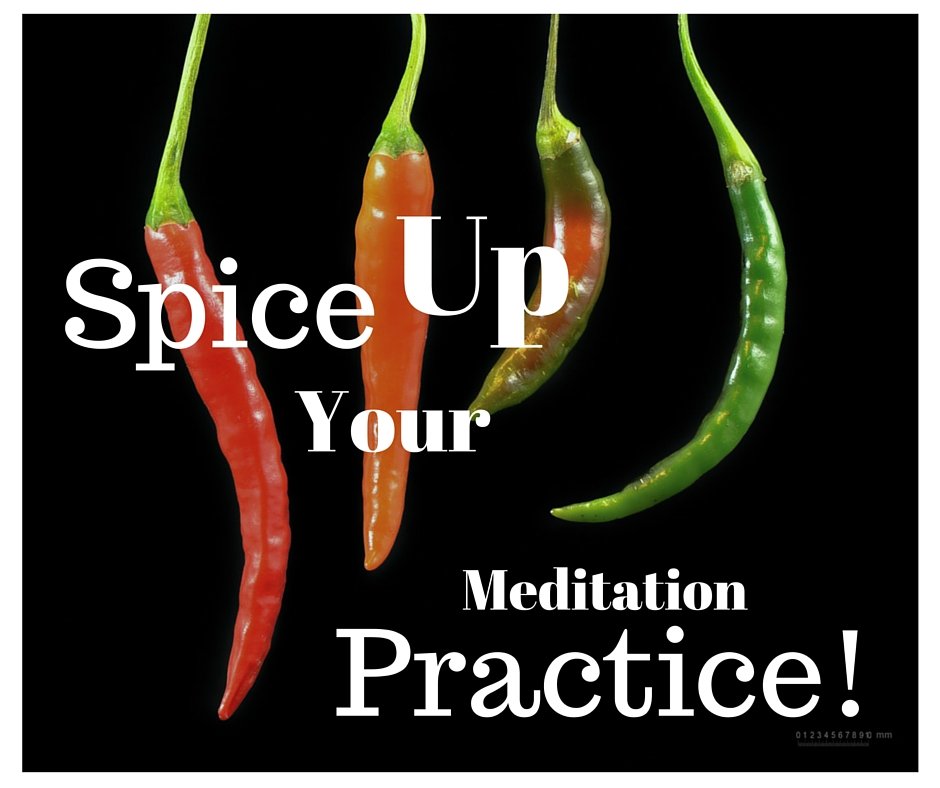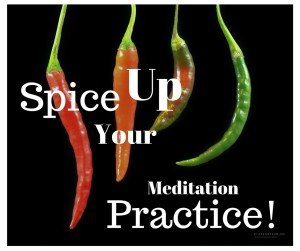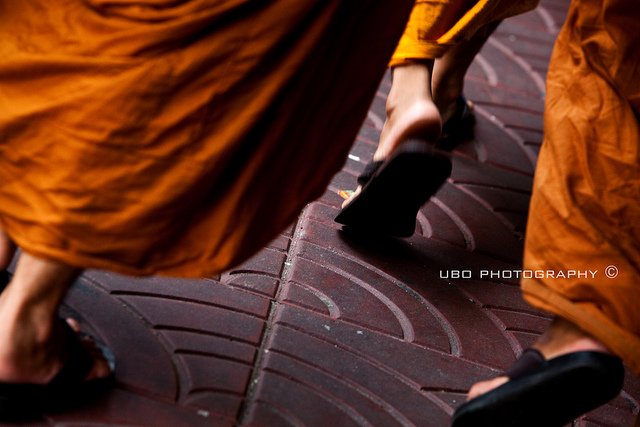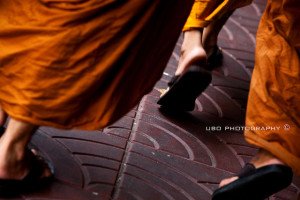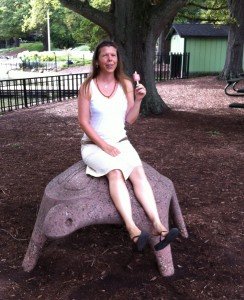
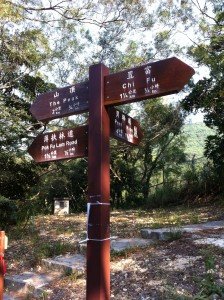 Want to learn to meditate? Not sure where to begin? After 10 years of practicing and 4 years of teaching here are my suggestions.
Want to learn to meditate? Not sure where to begin? After 10 years of practicing and 4 years of teaching here are my suggestions.
Most people are surprised when I tell them I quit meditating after two weeks of trying. I made a big mistake. I like to move, and for some odd-ball reason I decided to sit still and focus on my breath. I was terrible at it. I gave up in frustration, and it wasn’t until I was introduced to moving meditation a few days later that I began to discover how amazing it can be.
Now, I consider meditation my main power tool, my absolute best tool for transformation. It is with out doubt the single best thing that I do to realize the joy of being human. It’s that useful.
First, what is meditation?
For me, “meditation” refers to two main things: meditative practices and meditative states.
Simply, the practices are things you do to achieve the physical, mental, emotional, energetic and spiritual states.
There are thousands of practices, each suiting different kinds of people, and just as many states, each depending the skill level and goals of the practitioner.
Second, let’s look at the different kinds of practices.
I like to define each practice by what it focuses on. Almost all practices focus on breath, and then fold in an additional focus like a mantra (a word or words you repeat), an external object (a candle, an image of a flower, etc), mental visualizations (imagining yourself at relaxing places like the beach for instance), or your movements (for moving meditations).
So, a really important question for you to answer is, what you would like to focus on?
Are you auditory and would enjoy saying/singing a word or phrase? Are you visual and prefer looking at things? Do you have a strong imagination and enjoy visualizing? Are you kinesthetic and like feeling the sensation of your body moving? Or do you want a combination of several of these things?
When you’re searching for a meditation to learn, look at different practices and determine the focus(es) of each. Then decide which one is most likely to naturally capture your attention. Decide what would you enjoy focusing on.
In the beginning, usually most challenging thing is the act of focusing at all, no matter what you choose to focus on. This is why it’s important to choose something that naturally captures your attention, something that you enjoy focusing on. Be kind to yourself and choose something you want to pay attention to!
There is a meditation out there that will interest you: singers can sing, poets can speak, painters can gaze, dreamers can dream, dancers can dance, etc. Find the artist in you and play. If you find the idea of play uninspiring, you just might be one of the few people who would enjoy starting out with a silent, sitting practice that focuses solely on your breath. Go for it!
Whatever it is, you can imagine that if you start by focusing on something that you like paying attention to, focusing will be that much easier.
 Third, let’s think about the states you want to achieve.
Third, let’s think about the states you want to achieve.
There’re a wide range of goals to go for, all the way from stress reduction to uncovering divinity. Meditation has it’s roots in the metaphysical exploration of reality, and in the modern world you have the option of going as deep – or not – as you like. You can simply meditate for 3 breaths to lower your cortizol levels or you can spend the rest of your life in a cave realizing your divinity. It’s all being offered, so you’ll want to decide where on the continuum to start your exploration.
You can’t tell the goal of a practice by how it’s done, by the physical mechanics of it. That 3 breath stress reduction meditation can be the exact same practice used in the cave. The difference is in the intention. The intention will change how the practice is talked about, the words used in the instructions and most importantly where the practitioner is willing to go with it. The stress reduction practitioner doesn’t pay attention to the deeper effects, doesn’t cultivate them, and thus may not allow the practice to draw her deeper into herself. The cave dweller does those same 3 breaths, relaxes and pays attention to the ever subtler layers of subterranean information welling up inside her. Same physical practice, different intentions.
When you’re looking at a practice and wanting to determine its goal, notice how the practice is being talked about, what words are being used and what outcomes are listed. If the description doesn’t make the intention clear enough for you, read through the instructions themselves to see if they resonate for you. You can also look for the intention of whomever is presenting it by checking out the site it’s posted on, reading more of the book it’s in, or asking the instructor.
Fourth, how do you stay motivated to meditate?
You can learn meditation from a book, an article, a video, an online course, an in-person course, etc, etc, etc. If you start searching online you’ll find many many practices that you can study.
Many people find it really motivating to do things with other people, so establishing your practice by doing it with others can be really beneficial. In the beginning, I recommend taking a class with other students and a live teacher (on or off-line). This is a great way to get any questions answered, discuss your experiences and get encouraged by other students, as well as helping you create a habit over time – at least for the length of the course! Alternately, you ask people if they want to be practice partners and meet regularly to do the practices in person or on-line or exchange emails or texts regularly about your practices.
There are online courses available with live teachers and discussion forums where you can share your experiences and questions with other students. If you want to learn in person, look around and see what’s available in your area and go with the one that feels the best, i.e. you like
the people and the setting, which will translate into the most supportive environment for you.
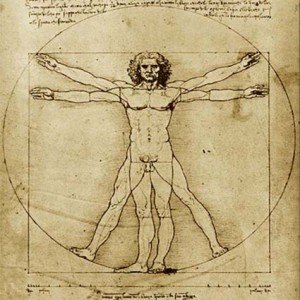
Finally, transformation…
What ever meditation you choose, give your practice a bit of time, a chance to succeed. In the beginning, even simple things like breathing can feel like a challenge! Like most things, it get’s easier with practice, so be patient.
These disciplines are life changing and will likely shake some things up for you. Find a trusted friend that’s willing to listen, or journal when you need to reflect on what’s happening for you.
Meditation is a power tool for transformation. At first you may feel like a two pound weakling wielding a sledge hammer. Be patient. Soon you’ll uncover your inner Da Vinci.
Enjoy your practice.

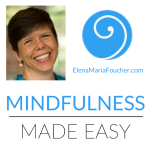 (5:22) I like to use this mindfulness practice when I am out in the world and I want to play… play with balance and play with getting calm and clear.
(5:22) I like to use this mindfulness practice when I am out in the world and I want to play… play with balance and play with getting calm and clear.
